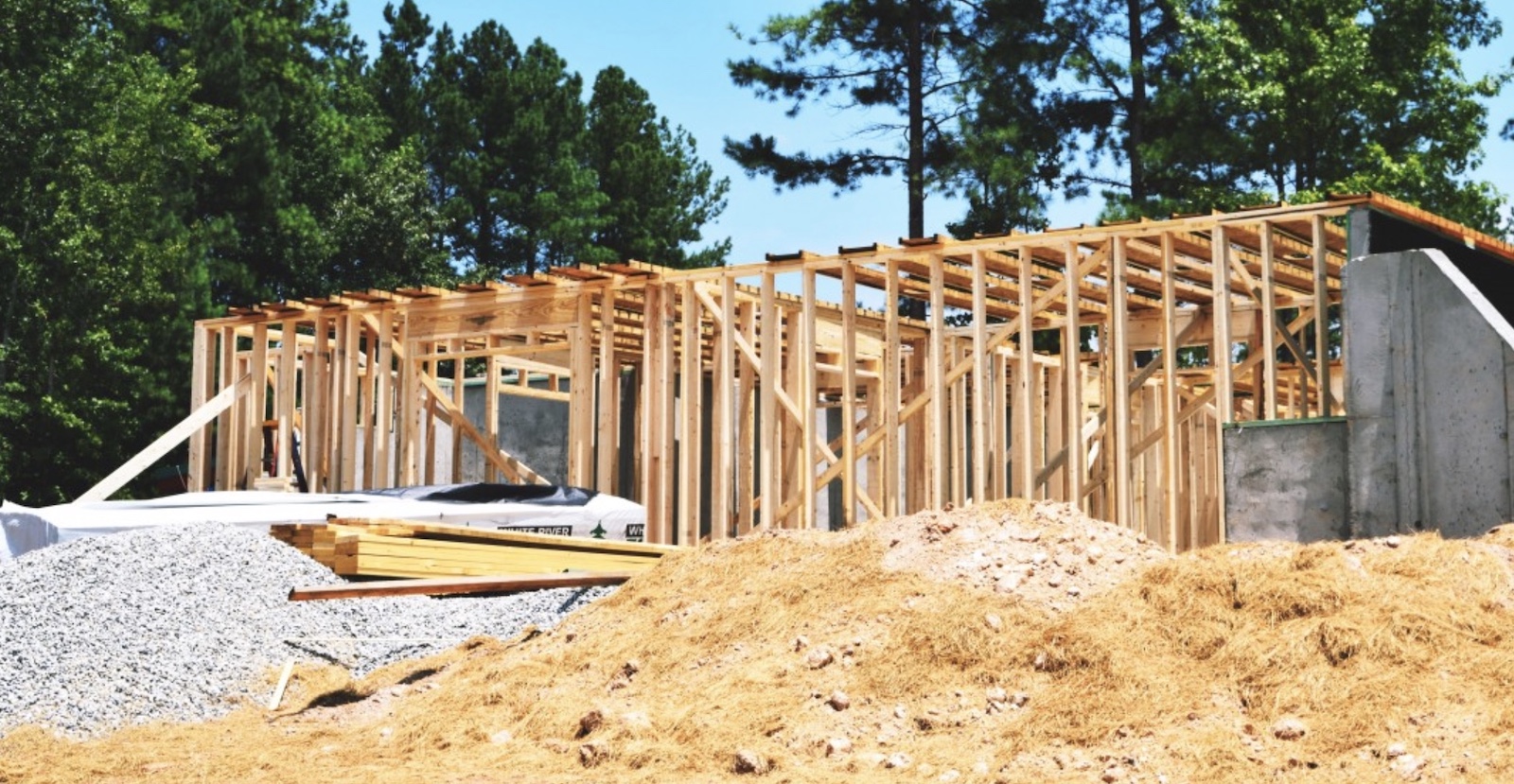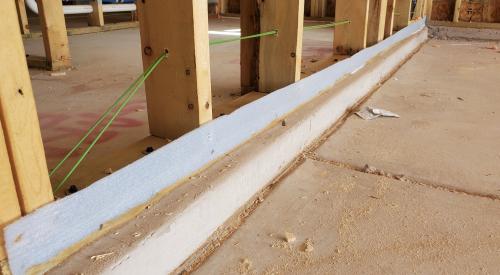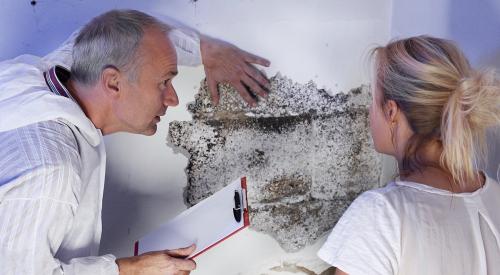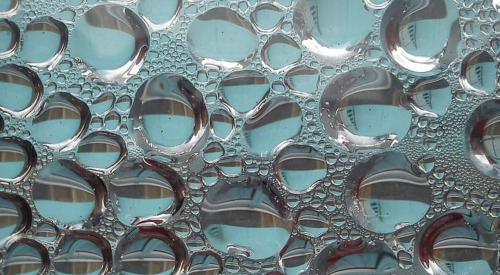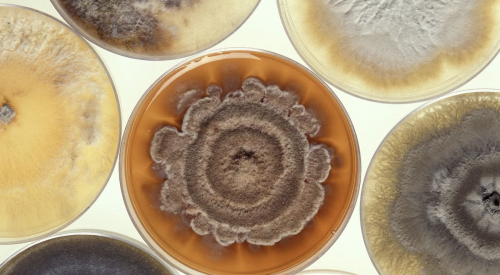Flashing windows properly, minimizing roof penetrations and providing adequate mechanical ventilation help prevent moisture intrusion in new homes. But moisture intrusion in wood products such as framing materials before they go into a house presents a problem, too.
Although the low moisture content (19% or less) of properly dried lumber and most engineered wood products won't support mold growth, everything changes if the wood gets wet or even damp. The Southern Pine Council offers these tips to decrease the chances of moisture and mold issues:
- Inspect wood products immediately upon delivery. Verify that each piece has an industry-certified grade mark ensuring compliance with product standards. Kiln-dried lumber stamps should include "KD19" or "SDRY" to indicate moisture content of 19% or less. Confirm that content with a moisture meter if questions arise.
- Use the materials as soon as possible.
- Store lumber at least 4 inches off the ground and cover it with a tarpaulin or another vapor-permeable material.
- Segregate scraps from the storage area. Scraps act as great food for mold. If you find mold on wood products during construction, clean the material and let it dry before using it within the structure.
Instructions for Cleaning Mold
- Use a detergent and water solution or a 10% bleach-to-water solution (1 1/2 cups of bleach per gallon of water) to clean mold and kill fungi.
- Use a bristle brush or scrub sponge to clean the surface with the solution, rinsing the brush or sponge frequently.
- Thoroughly dry the wood after cleaning.
- Have an experienced professional address large mold colonies.
- HEPA vacuuming after cleaning can remove any remaining mold spores.
